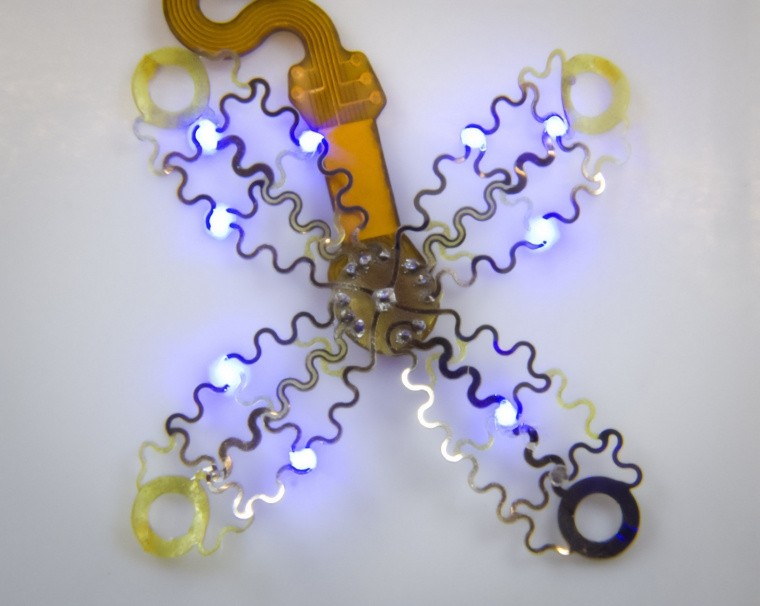Atrial fibrillation, also known as arrhythmia, is a condition wherein a patient has an irregular heartbeat. According to global estimates, about 60 million are suffering from this condition.
Pacemakers, which control irregular heartbeats in persons with persistent cardiac conditions including atrial fibrillation and other types of arrhythmia, are only one of the available lifesaving devices out there.
The lifesaving pacing that pacemakers deliver, however, can be excruciatingly unpleasant due to the intrusive nature of the treatment. Additionally, pacemakers are only effective in treating a few certain diseases, according to experts.

Now, a team of researchers led by the University of Arizona has developed a wireless, battery-free pacemaker that could be implanted with a less invasive procedure.
The study's press release claims that the available pacemakers on the market function by hooking or screwing one or two leads, or points of contact, into the heart. The sensors on these lines can deliver an electrical shock through the heart to reset the beat if they notice a potentially harmful irregularity.
The new device would enable pacemakers to provide far more targeted signals utilizing a novel digitally generated mesh design that encloses the entire heart. It also makes use of light and the optogenetics method. However, the device is yet to be tested on humans.
The scientists developed a design that includes encircling the organ rather than implanting leads that just provide a few points of contact to ensure that the light signals can reach various areas of the heart.
Glowing Flower
The four petal-like components that make up the new pacemaker model are constructed of thin, flexible film and it houses light sources and recording electrodes.
The petals fold up around the edges of the organ to enclose it, much like a flower closing up at night. The petals were specifically created to account for how the heart changes form as it beats.
It's still very early to utilize optogenetics in people, despite the encouraging results of experiments like this one in animals. ScienceAlert noted that gene therapy is required for the procedure to make cells light-sensitive, and an implantable electrical device is required to activate the cells in a regulated manner.
The research team said that additional work is required to improve this particular device's mechanisms for detecting and treating various types of arrhythmias as well as to model the intricate nature of heart rhythm problems.
As a result, at least in animal models, the flower-like gadget is one of many that currently offers a research tool for studying arrhythmias and other heart disorders.
The study's findings are all available in Science Advances.
Related Article : Apple Lists Devices, Accessories to Keep Away from Pacemakers, Defibrillators Due to Magnets
This article is owned by Tech Times
Written by Jace Dela Cruz
ⓒ 2025 TECHTIMES.com All rights reserved. Do not reproduce without permission.

![Best iPads that Students Can Use in School [2025]](https://d.techtimes.com/en/full/461431/best-ipads-that-students-can-use-school-2025.jpg?w=184&h=103&f=516289300e12e9647ef3d5bd69f49b70)


